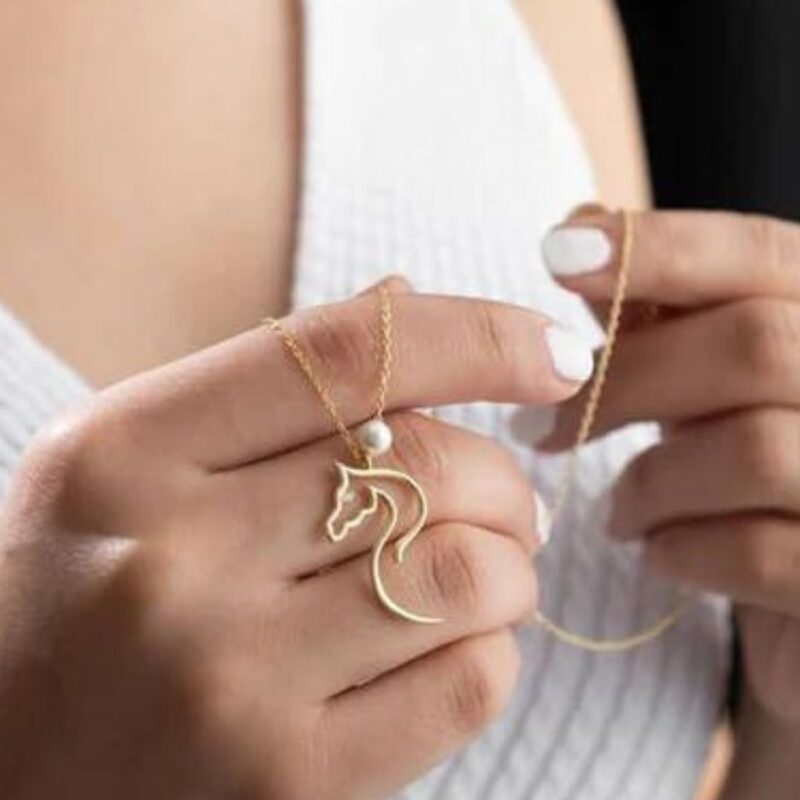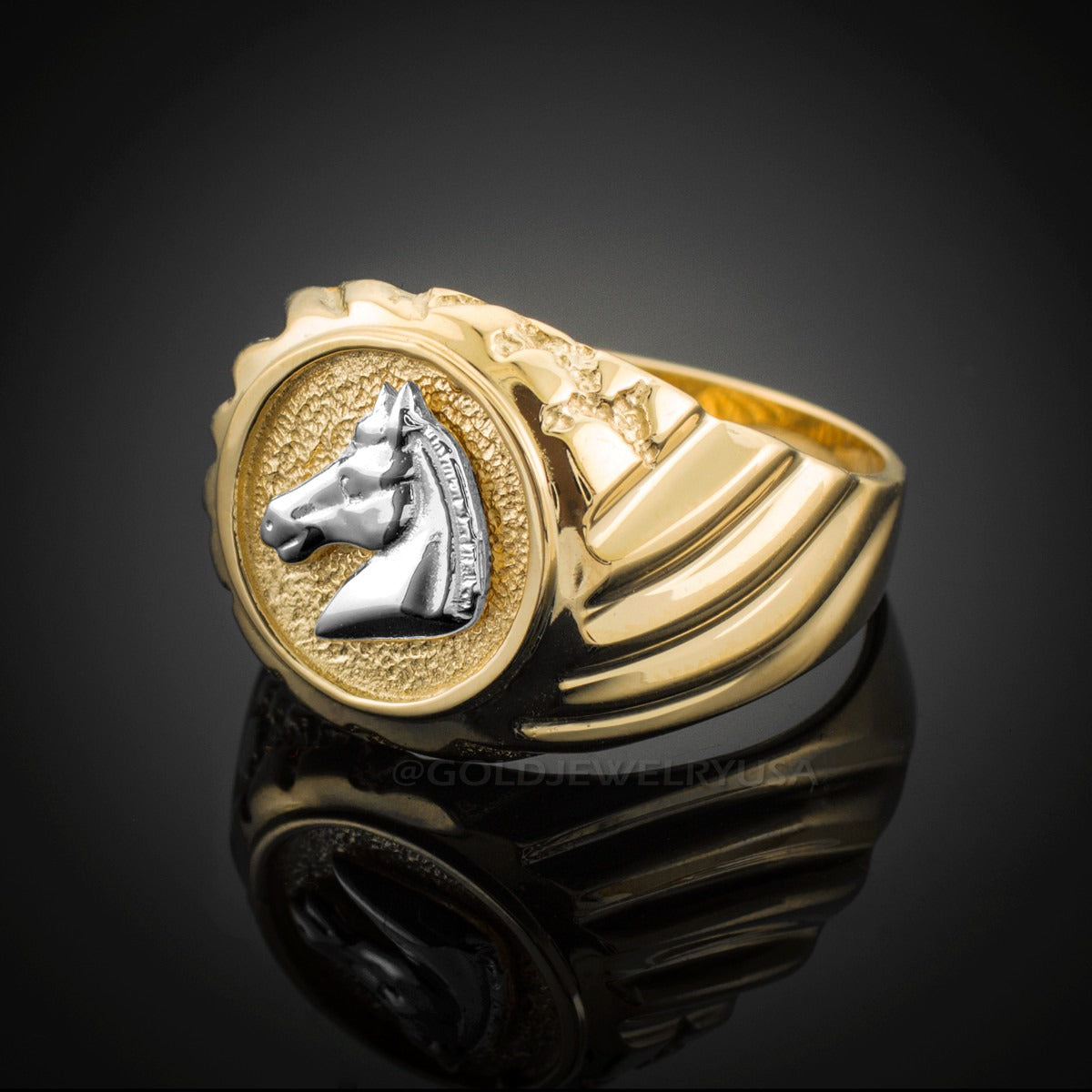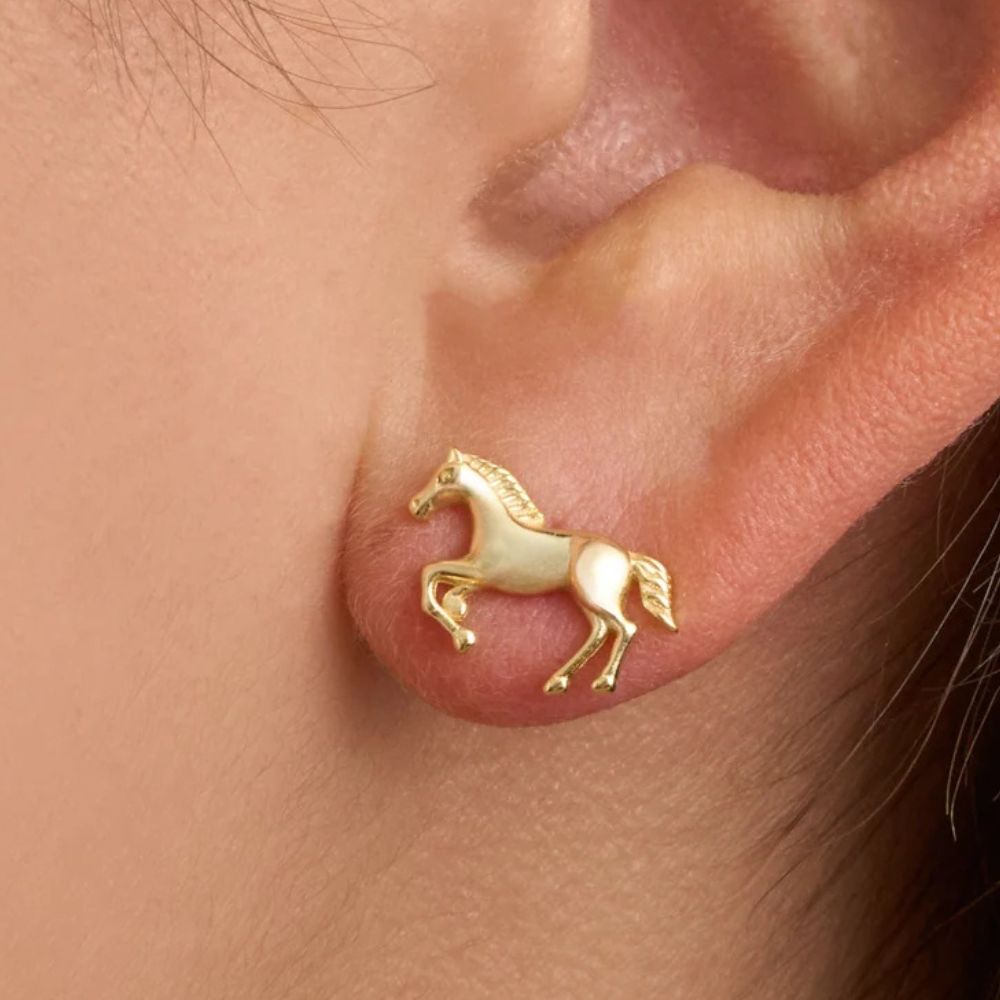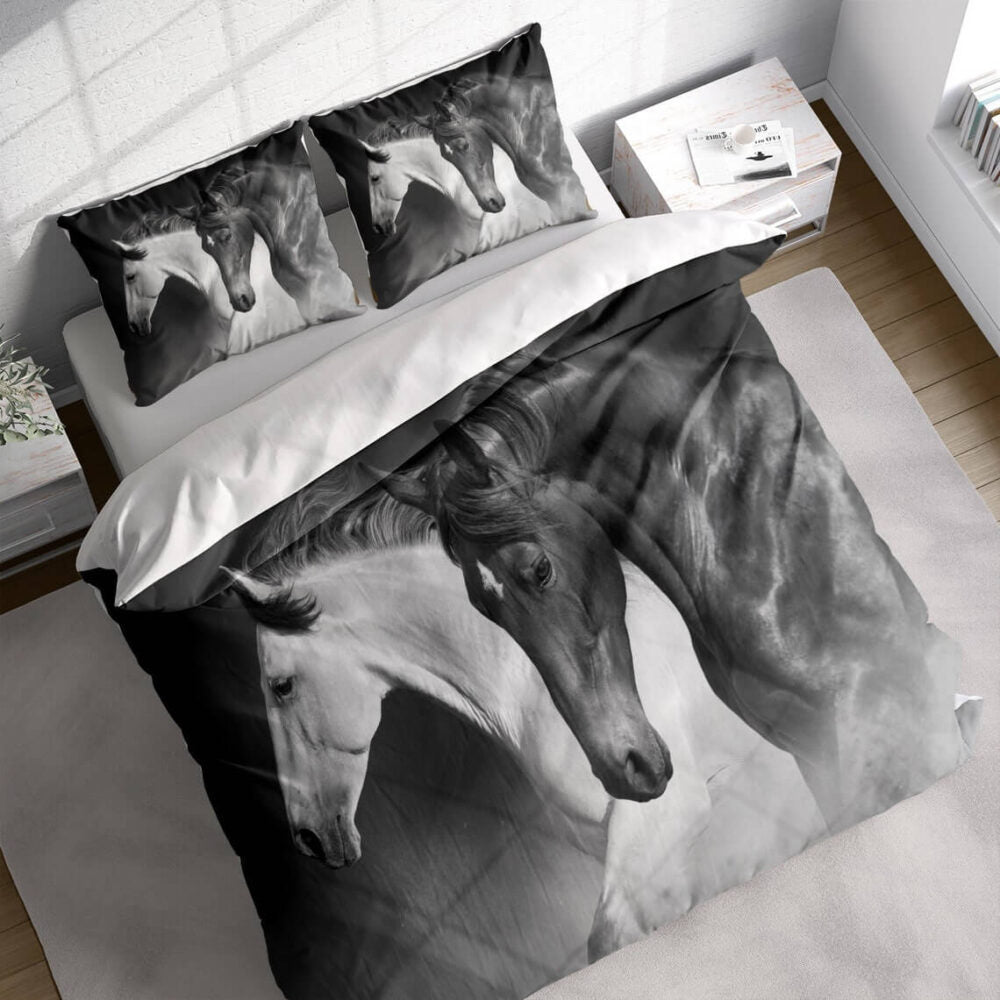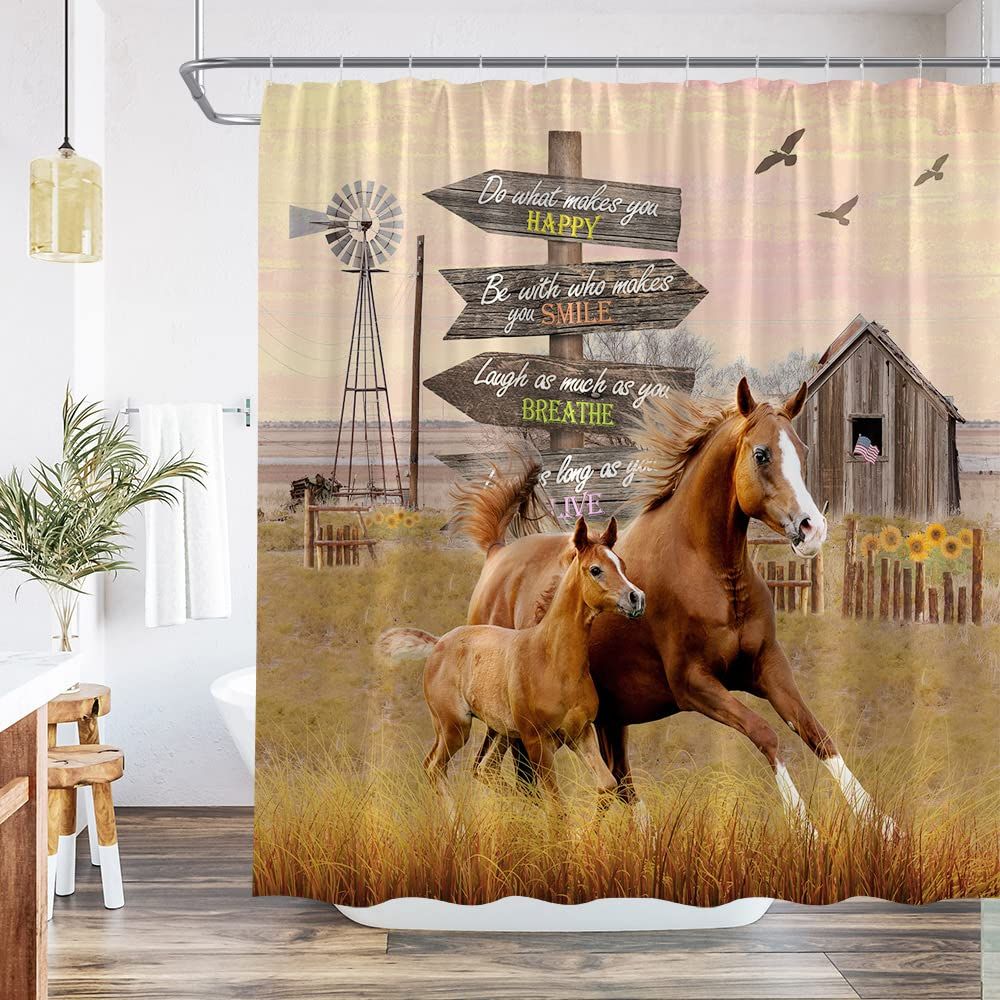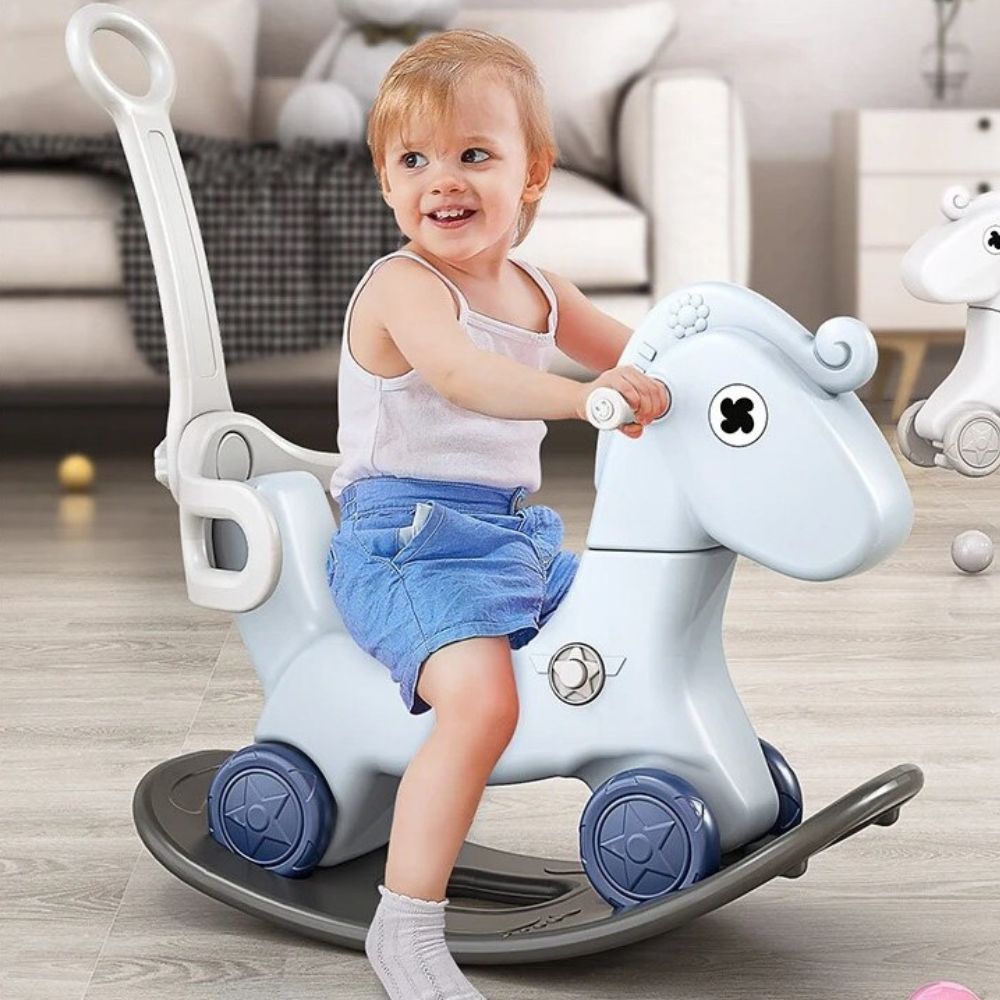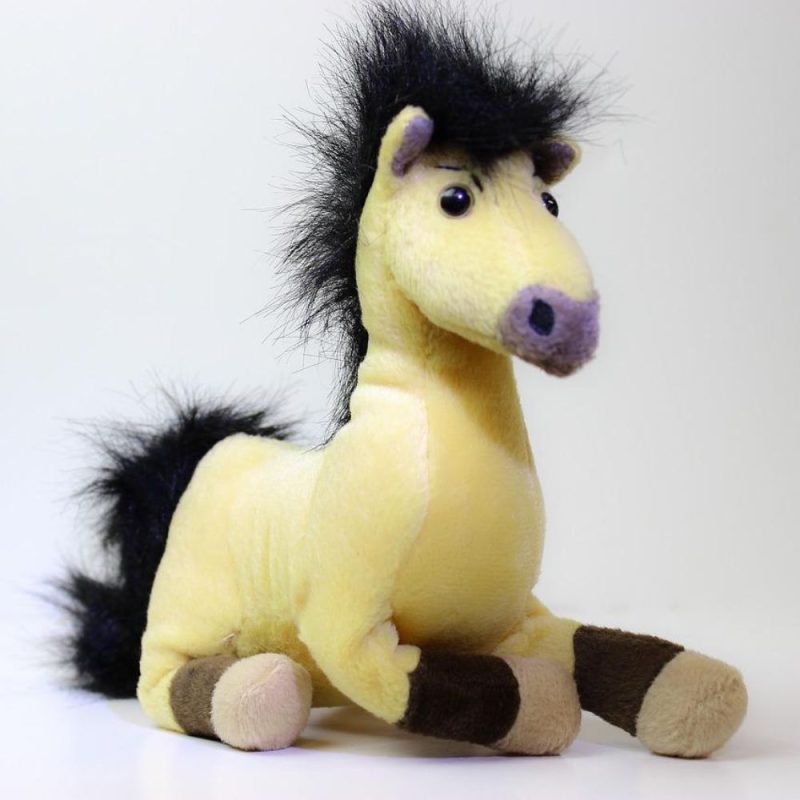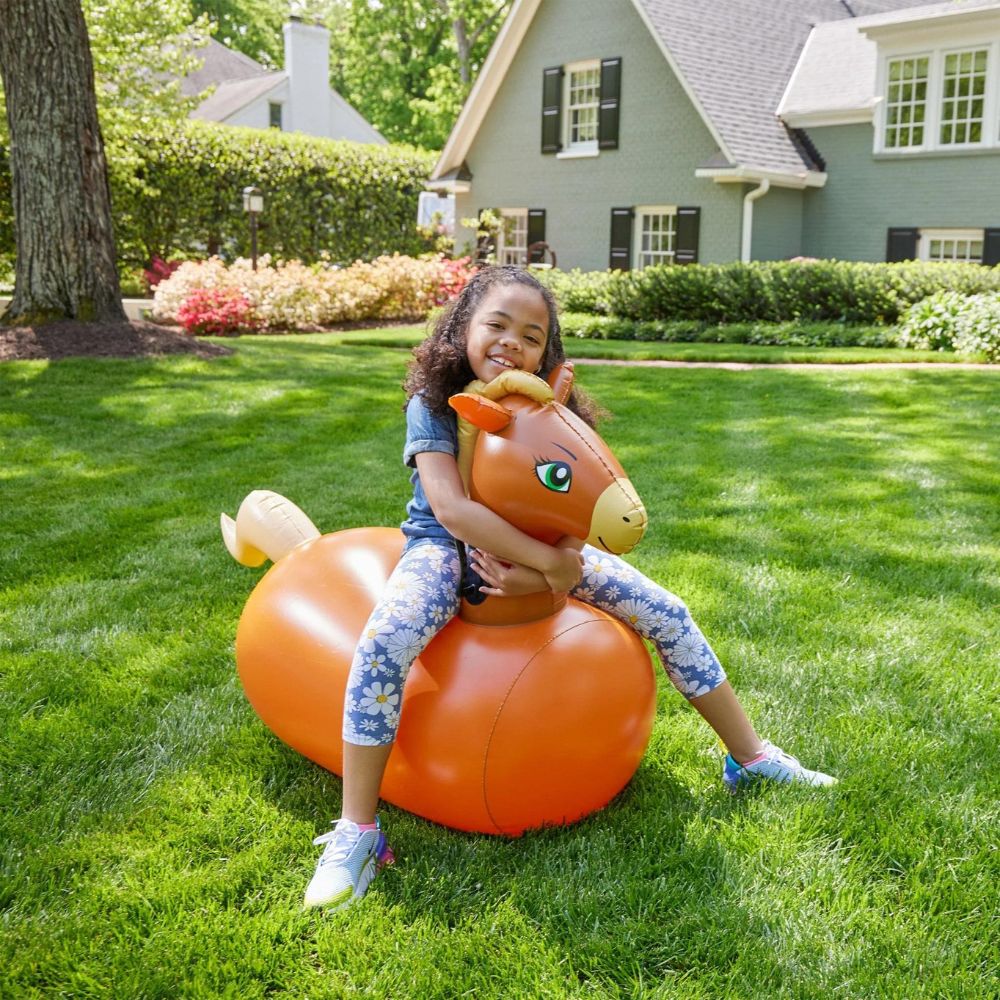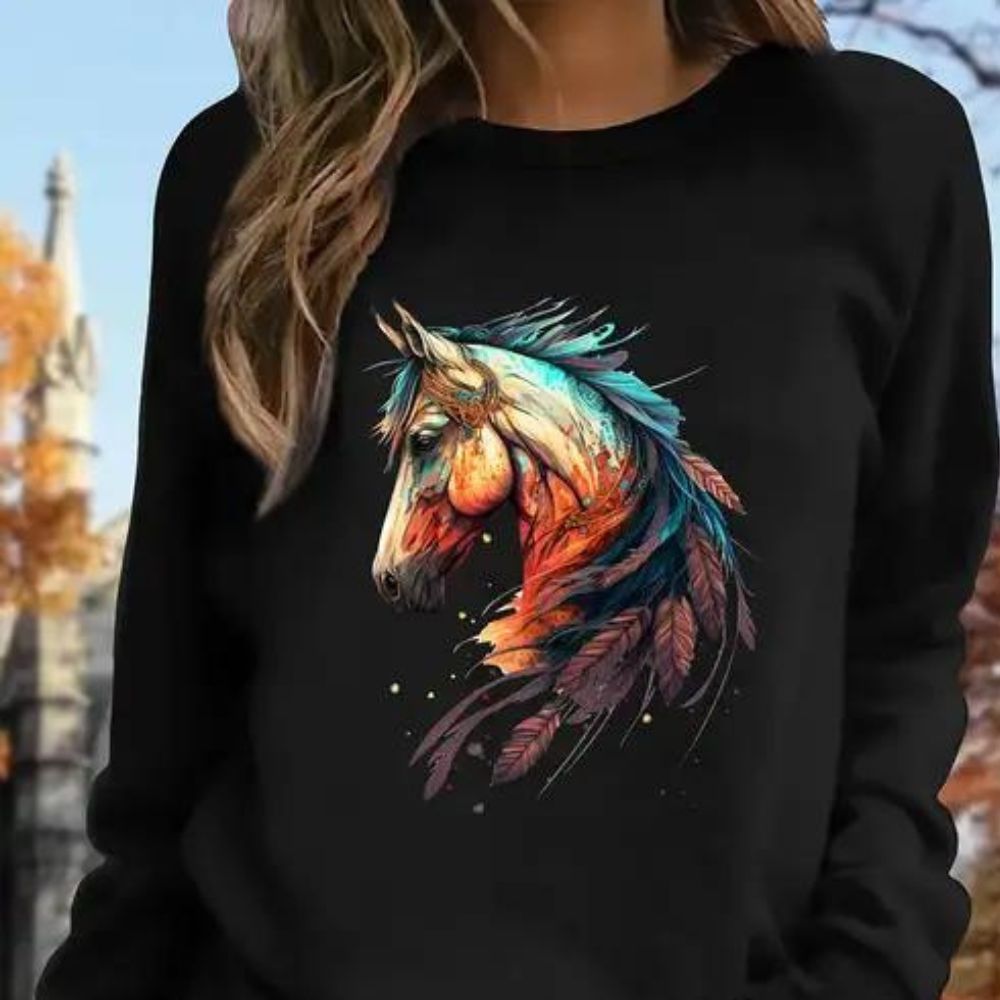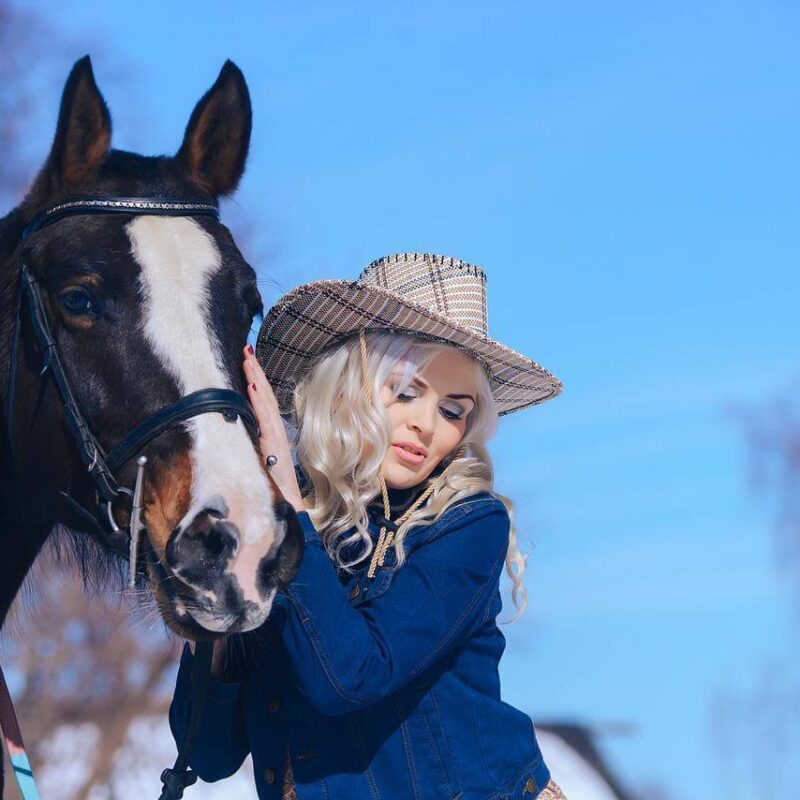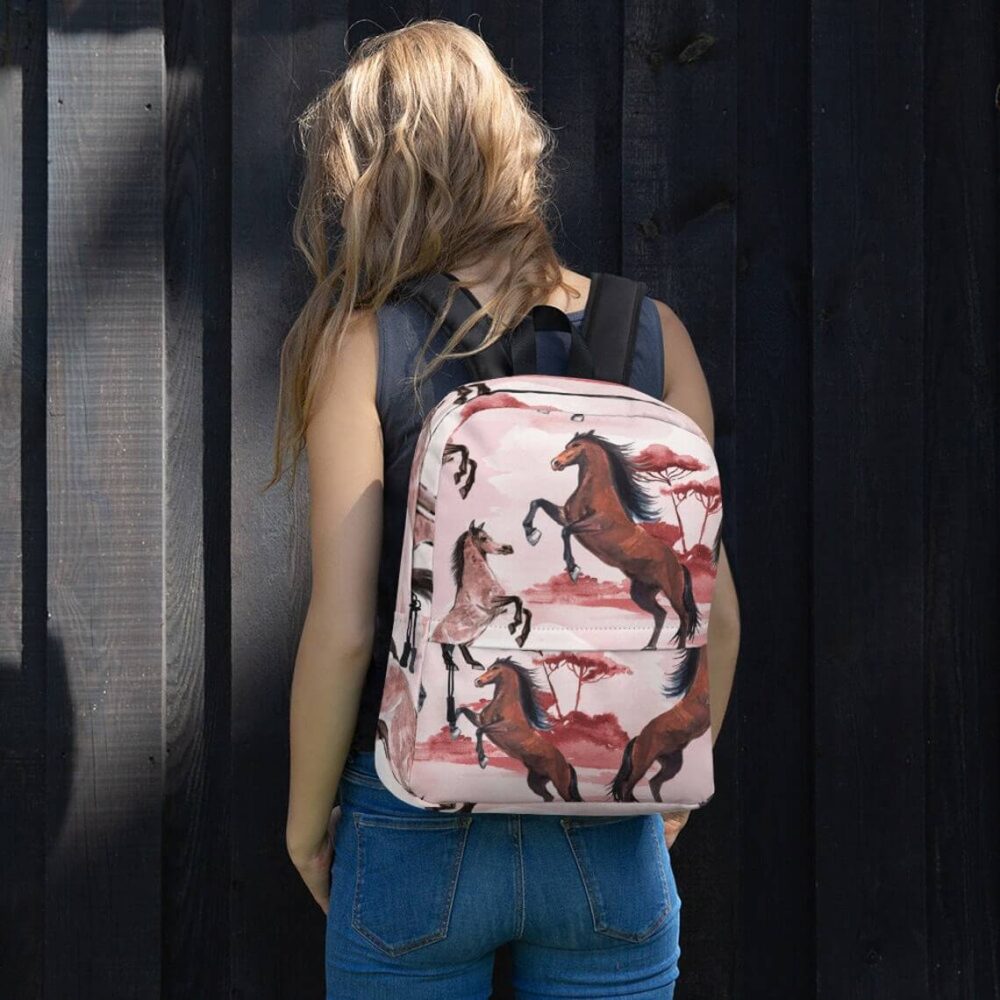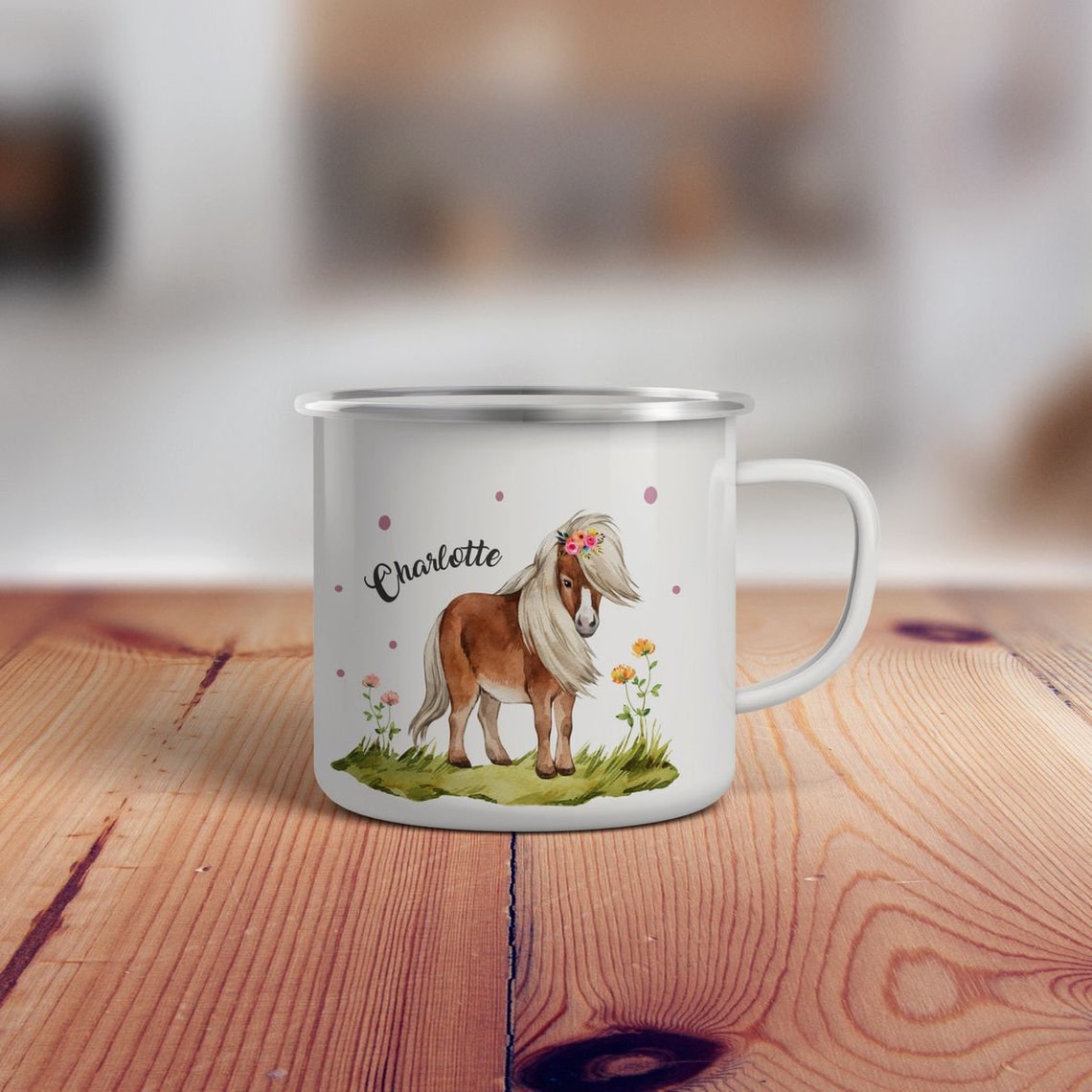
Do Horses Have Blue Eyes? The Surprising Truth About Equine Eye…
Imagine galloping through an open field on a striking white horse—only to glance back and be met with piercing blue eyes instead of the deep brown you expected. Could a horse really have such mesmerizing eyes, or is this just a trick of the light? 🐴💙
The answer might surprise you. While horses typically have dark brown eyes, blue eyes do exist in certain breeds and coat colors. These rare equine peepers aren’t just a myth—they’re rooted in genetics, pigmentation, and even health considerations.
Can Horses Really Have Blue Eyes?
Yes—but it’s not common. Most horses sport deep brown or amber eyes, thanks to melanin, the same pigment that determines skin and coat color. However, some horses carry genes that reduce pigment in the iris, resulting in stunning blue eyes.
This striking trait is most frequently seen in horses with certain coat patterns:
- Cream dilutes: Horses with the cream gene, like palominos or buckskins, may have blue eyes—especially if they carry a double dilution (e.g., cremellos or perlinos).
- Splash white & frame overo: Paint horses with splash white or frame overo patterns sometimes have one or two blue eyes.
- Dominant white: Some solid white horses inherit blue eyes due to extreme white spotting genes.
Interestingly, a horse’s blue eyes aren’t always sky-blue—they might appear pale gray, silvery, or even icy blue depending on lighting. And unlike humans, horses with blue irises don’t necessarily have vision problems—though they can be more sensitive to sunlight.
So, why does this happen? Genetics hold the key.
The Genetics Behind Blue Eyes in Horses
Horse eye color works much like coat color—it’s all about pigment distribution. Here’s how genes play a role:
1. The Cream Dilution Gene
Horses with one cream gene (heterozygous) often have lighter coats and sometimes amber or greenish eyes. But a double cream dilution (homozygous) bleaches the coat nearly white and often results in pale blue eyes. Breeds like American Cream Drafts and some Quarter Horses showcase this beautifully.
2. Splash White & Overo Patterns
Certain white-spotting genes affect pigment cells, leading to blue-eyed horses. Paint Horses with frame overo or splash white genes often have mismatched eyes (one blue, one brown)—a trait called heterochromia.
3. Dominant White & Lethal White Syndrome
While most blue-eyed horses are healthy, foals with lethal white syndrome (a fatal genetic condition linked to overo breeding) are born all-white with blue eyes. Responsible breeding avoids this tragedy.
Fun fact: Some horses’ eyes change color slightly as they age—just like humans!
Health Considerations for Blue-Eyed Horses
While blue-eyed horses aren’t inherently unhealthy, owners should be aware of a few factors:
- Sun sensitivity: Less melanin means more vulnerability to UV rays. Fly masks or shaded turnout can help.
- Higher risk of eye conditions: Some studies suggest a slight correlation between blue eyes and equine recurrent uveitis, though not all horses are affected.
- Night vision myths: Contrary to belief, horses with blue eyes don’t see worse at night—but their depth perception might change subtly.
Despite these quirks, many blue-eyed horses live perfectly normal lives—with a little extra attention to eye care.
Blue Eyes in Different Horse Breeds
Not all breeds are equally likely to flaunt blue peepers. Here are some standouts:
- American Paint Horse: Famous for flashy coats and mismatched eyes.
- Appaloosa: Some leopard-spotted horses inherit blue eyes alongside mottled skin.
- Cremello & Perlino: Double-dilution horses often have dreamy blue eyes.
- Knapstrupper: This Danish breed occasionally produces blue-eyed spotted beauties.
Ever met a Friesian with blue eyes? Extremely rare—but not impossible!
Debunking Myths About Equine Eye Color
📌 Myth 1: “Blue-eyed horses are blind.”
✅ Truth: While some may be light-sensitive, their vision is usually fine.
📌 Myth 2: “All white horses have blue eyes.”
✅ Truth: Many do, but some (like grays) retain dark eyes.
📌 Myth 3: “Blue eyes mean mixed breeding.”
✅ Truth: Purebred horses can inherit blue eyes naturally.
Final Thoughts: The Allure of Blue-Eyed Horses
There’s something magical about locking eyes with a horse whose gaze mirrors the sky. Whether it’s a flashy Paint, a creamy Palomino, or a rare Friesian defying expectations, blue-eyed horses fascinate us—not just for their beauty, but for the genetics that make them unique.
Next time you see a horse with icy-blue eyes, remember: you’re looking at nature’s own masterpiece. 🌟 And if you’re lucky enough to ride one? Well, that’s just an extra sprinkle of equine magic.








